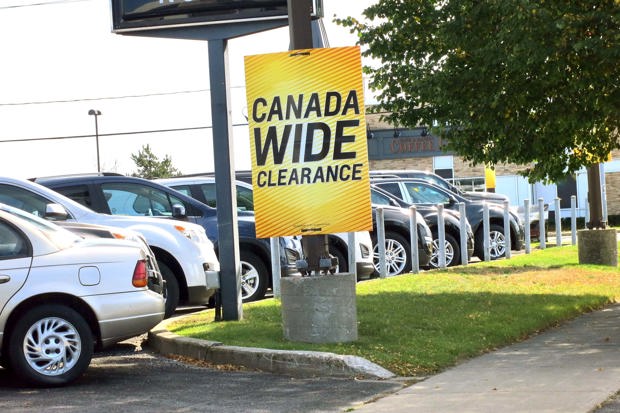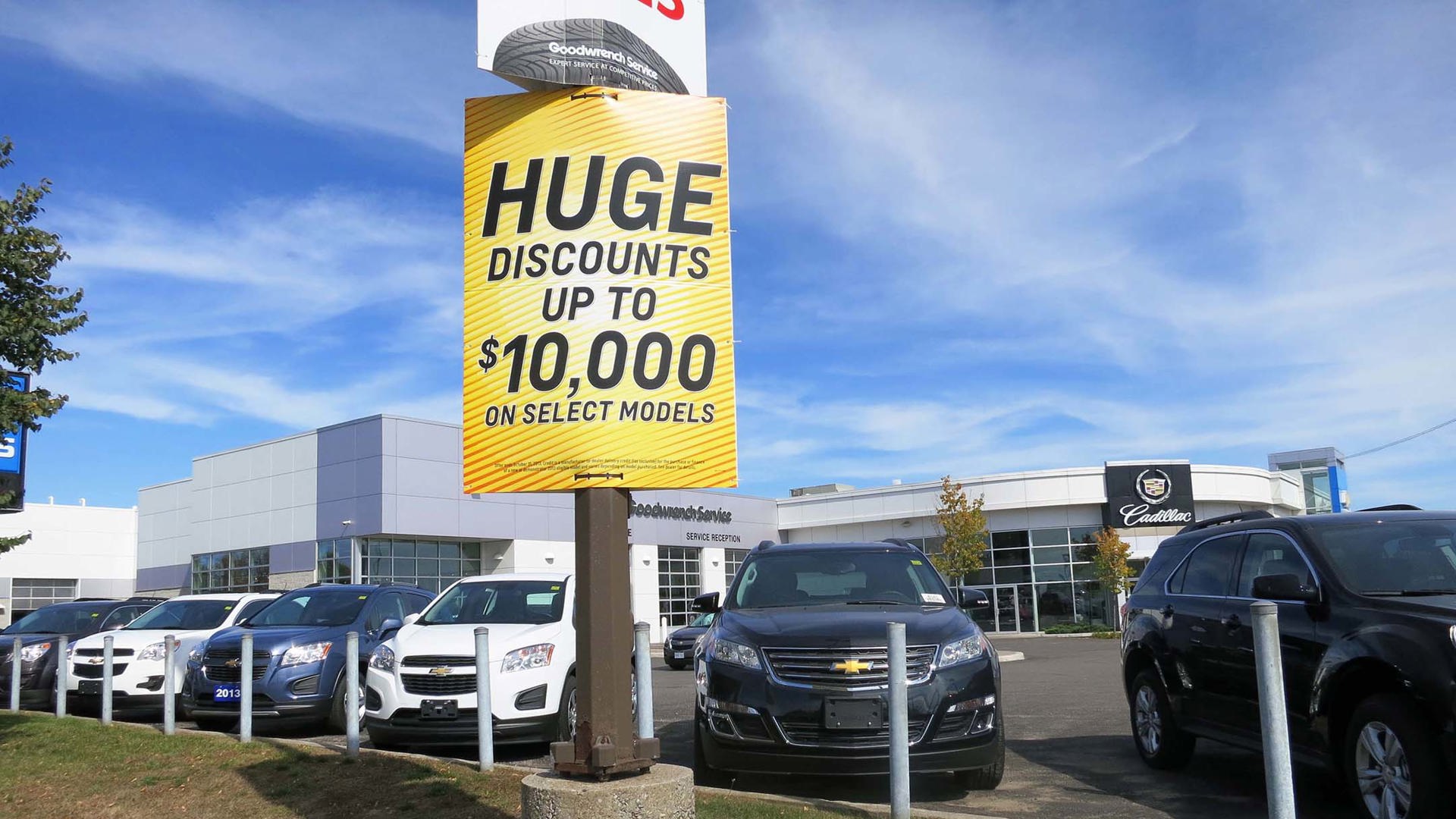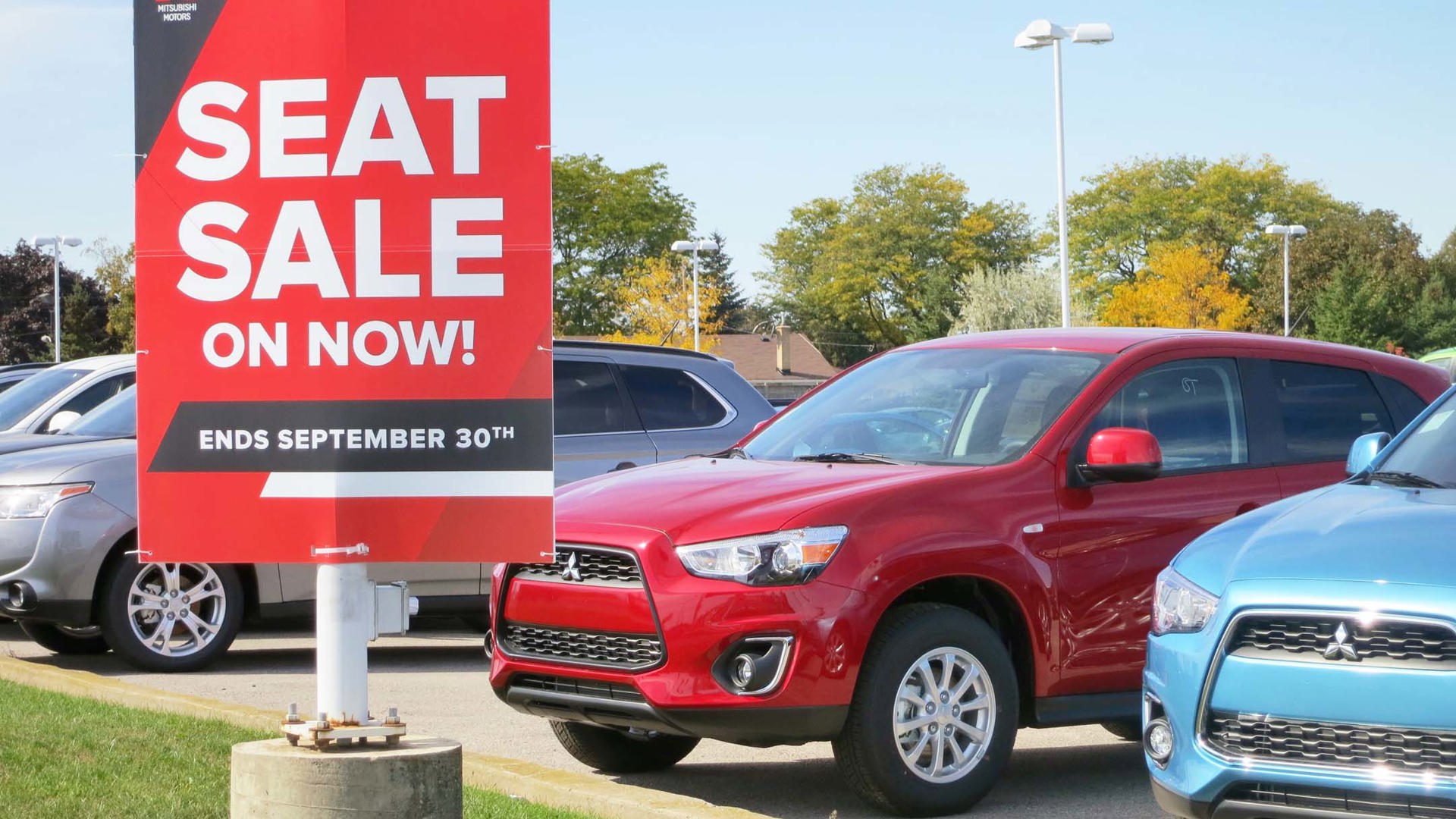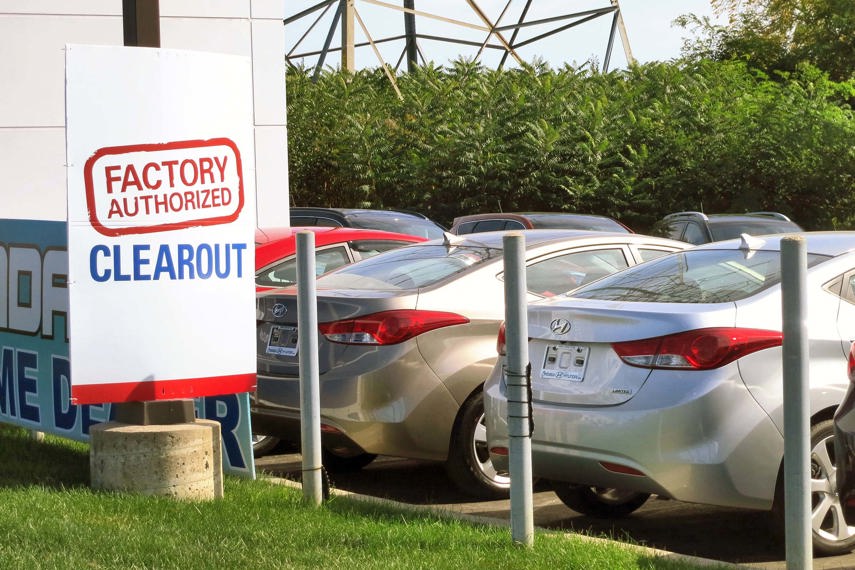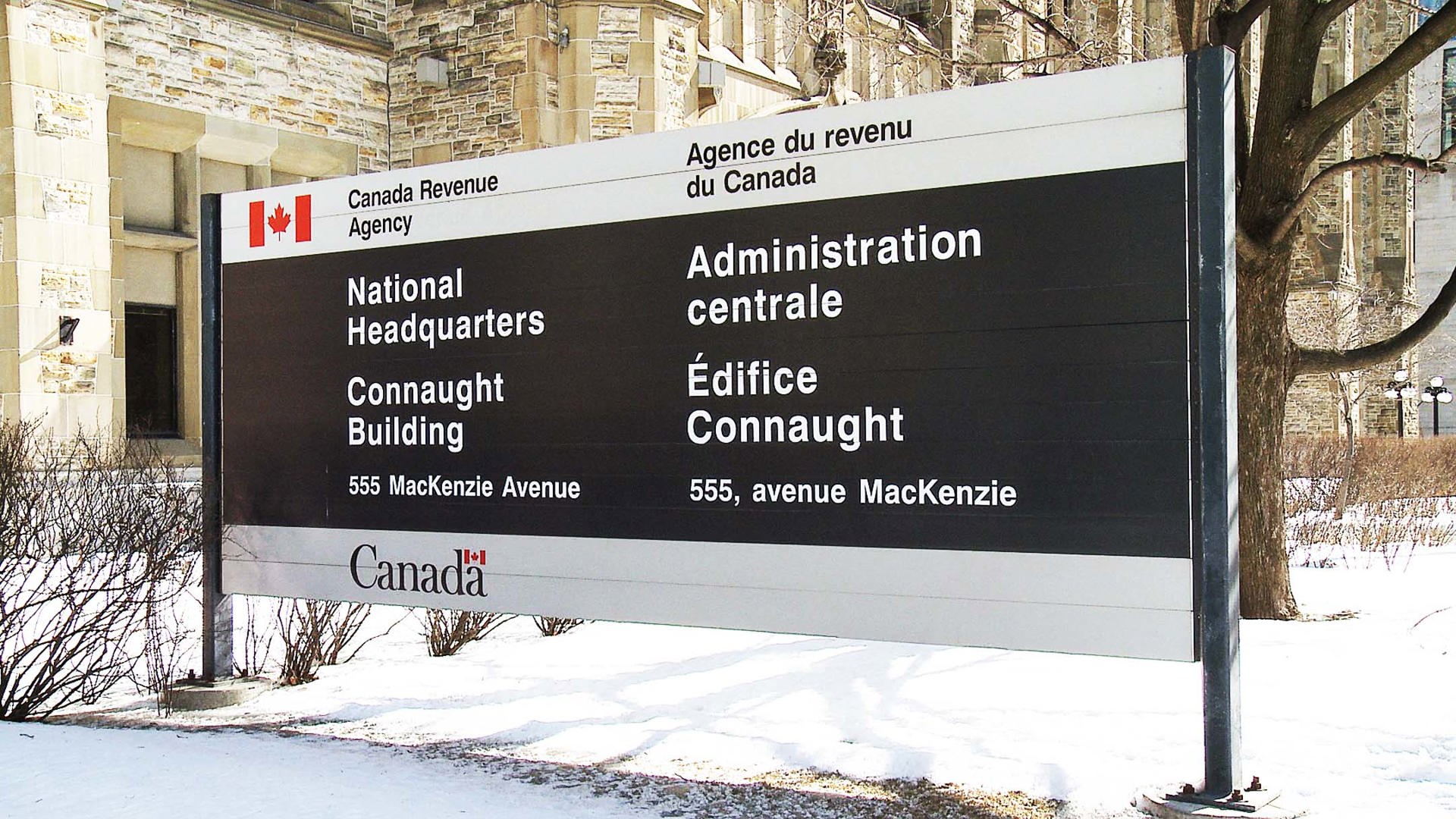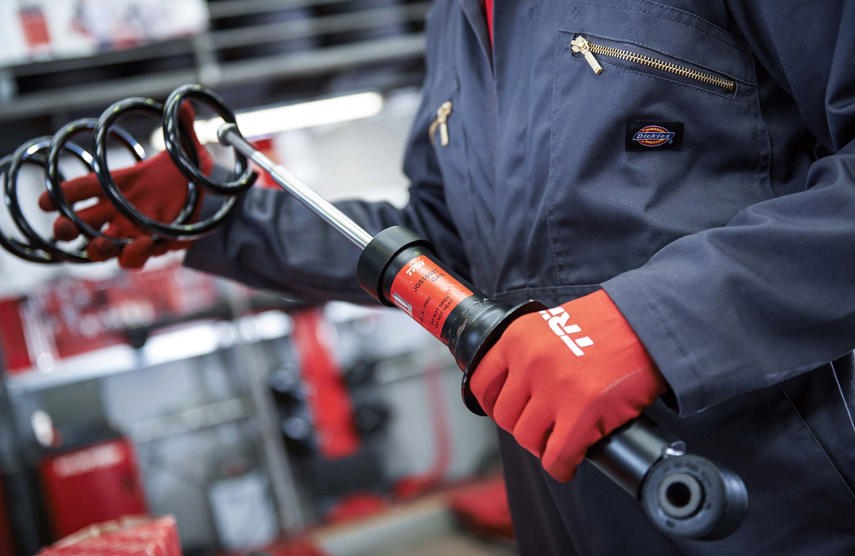It’s said that timing is everything, and that’s true when it comes to buying a vehicle. There are certain times when you’re more likely to get a better deal on your new ride, and being aware of them could potentially save you thousands of dollars.
Best Month: November
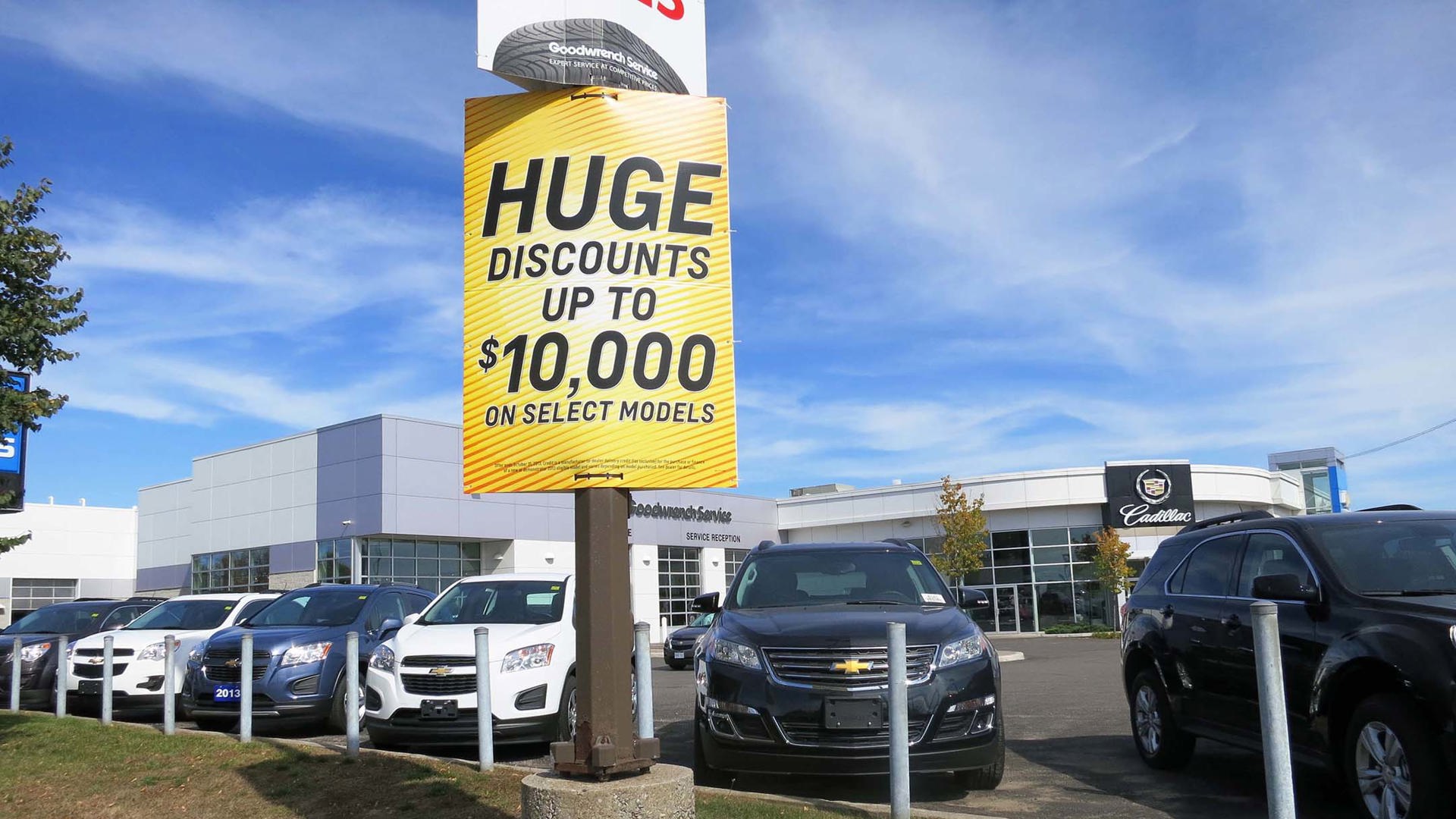
Any time between September and December will usually work to your advantage, but generally, November tends to be the best of them. As the next model year comes into the showroom, the last model year has to be cleared out. In many cases, last year’s vehicle won’t look substantially different from the new one, but dealers have to get rid of them. You’ll still be getting a brand-new car with a full warranty, but likely at a lower price, especially since there may be incentives in place to help them find new homes.
Of course, this only applies to in-stock vehicles – those already sitting on the lot, because the factory’s already building next year’s models. You can’t order exactly what you want, and will have to choose from what’s available. However, if you’re looking for something specific, your dealer can check around to see if one to match is sitting on someone else’s lot. If so, they can do a “dealer trade” to get that one for you. (Be aware that your new vehicle will be driven from that dealership to yours, not shipped on a truck – so even though it’s new, it will have a few kilometres on it when you get it.)
Best Time of Month: The End
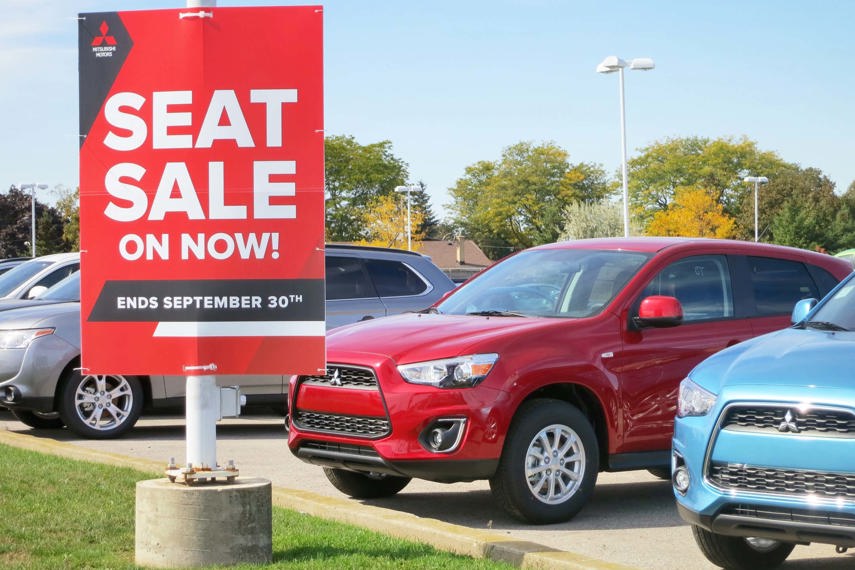
Everyone wants to sell as much as possible, and to help achieve that, automakers often reward dealerships, and managers reward salespeople, for meeting or beating sales quotas. The screws get tightened as each monthly deadline approaches, and you can use that to your advantage when negotiating a price.
Automakers and dealers also tally up quarterly sales reports, so coming in at the end of each quarter – March, June, September, or December – may also net you a better deal.
Best Day of the Week: Tuesday or Wednesday

If the dealership’s really busy, you could get shuffled around as everyone tries to answer phones, greet people coming in the door, and get as many people looked after as possible. A relaxed salesperson will be better able to answer your questions and show you the vehicle, and you won’t be rushed to look at it quickly and then sign something as fast as you can.
Mondays can be hectic as everyone starts the week, especially if the dealership’s closed on Sunday (dealers also tend to hold their sales meetings on Monday mornings, so all the salespeople might be tied up with that). Saturdays are out – they’re typically the busiest days. Tuesday or Wednesday is usually the slowest time for most dealer showrooms.
Best Time of Day: Closer to Closing

Everyone’s had a long day, everyone’s tired, and everyone just wants to go home. If the salesperson can get you to that mutually-agreeable price quickly, everything wraps up that much sooner.
Don’t leave it too late, though, because you want to give yourself enough time that you’re not rushing through your negotiations. You want to hit that sweet spot where you’ve got an advantage, but you’ve still got enough time to use it.
Best Holiday Period: Christmas to New Year
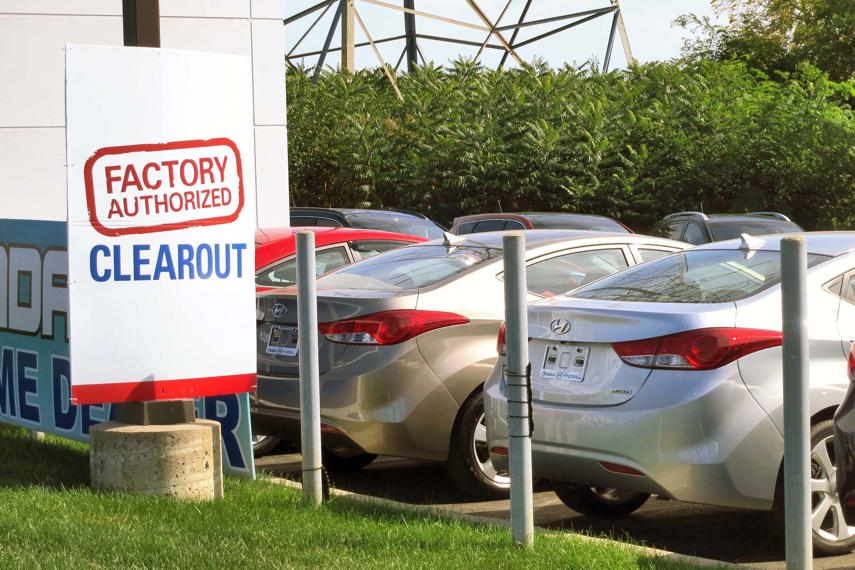
You’ve got a double whammy here. The dealer really wants to squeeze in those last few deals for the end of the year, but many people are away on Christmas vacations, or they’ve tapped out their finances with holiday shopping and they’re not likely to add a big-ticket purchase anytime soon. Time for you to visit that quiet and needy showroom.
If the dealer still has some in-stock vehicles from the outgoing model year, you’ll probably be able to benefit from a perception when the calendar clicks over. From December 31 to January 1, the vehicle not only turned one day older, but now it’s also one year older, and for many people, instantly less desirable. That’s your cue to see what kind of a deal you can work on it.
Best Time for Taxes: At the End of the Year
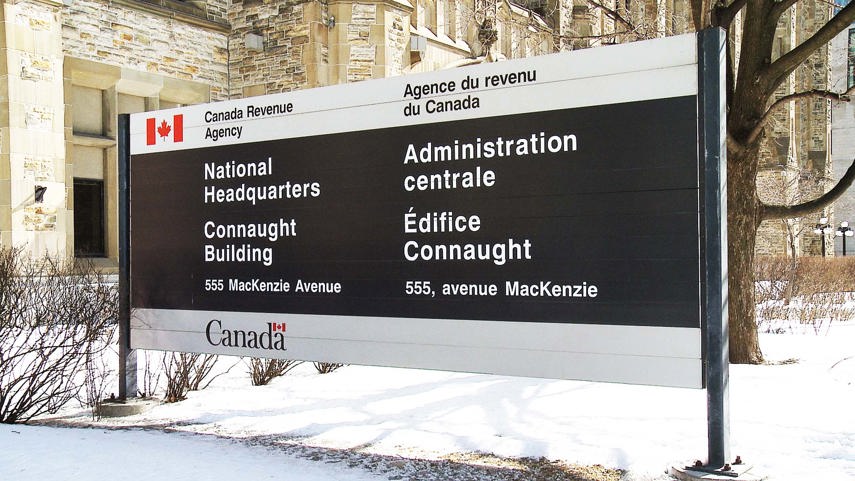
If you own a business or you’re self-employed, and you use your vehicle for work, you can claim that portion of its expenses. You can’t write off the vehicle’s entire cost – instead, you claim a portion of the depreciation each year, known as the Capital Cost Allowance (CCA).
However, there’s something called a Half-Year Rule. In the year you bought the vehicle, you can only claim 50 percent of the applicable CCA. If you buy the vehicle at the end of the year (or your business’ fiscal year), you claim 50 percent for that year, even though you’ve only had it for a very short time. Then, the next year, you claim the full 100 percent CCA cost.
Best Time for You: Before You Need It
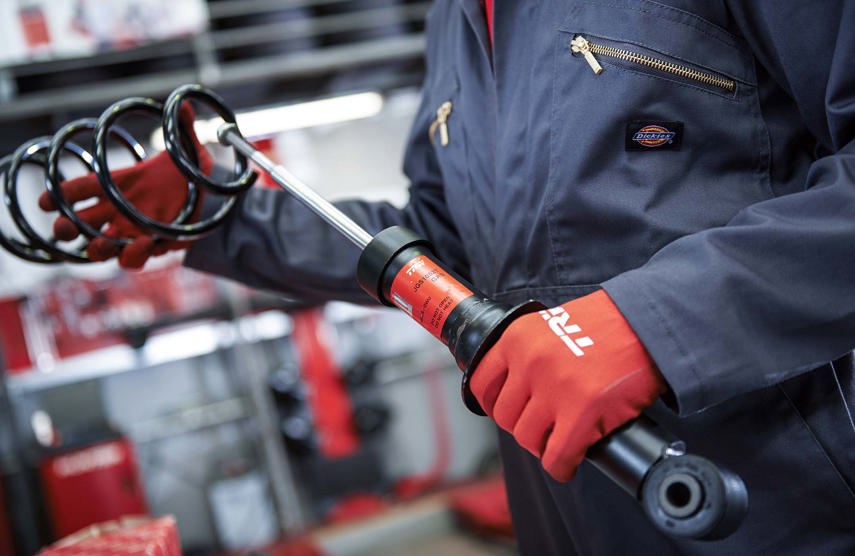
If your old vehicle is getting close to its last legs, start looking around now. Get prepared by test-driving, looking for incentives and rebates, and prearranging your financing. If you suddenly find yourself stranded because your old car gave out, you’re more likely to grab at whatever new one can be in your driveway soonest, and that probably won’t be a deal. That ounce of prevention can potentially be a lot of money that stays in your wallet.
